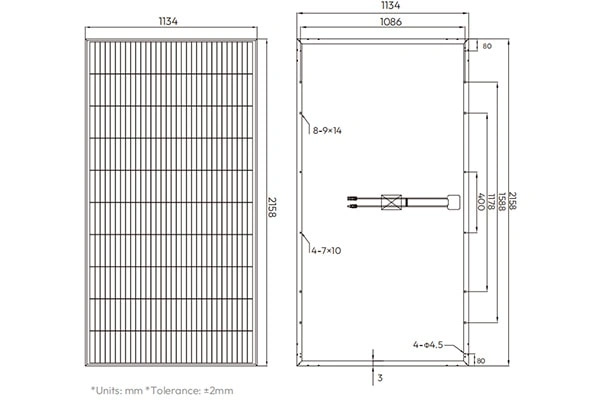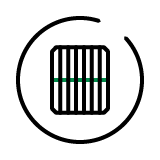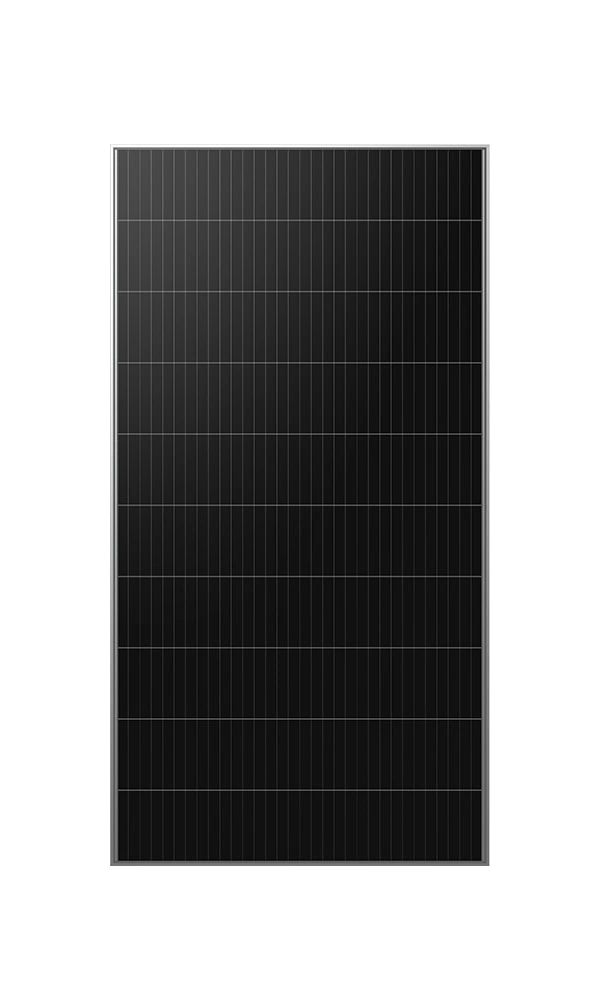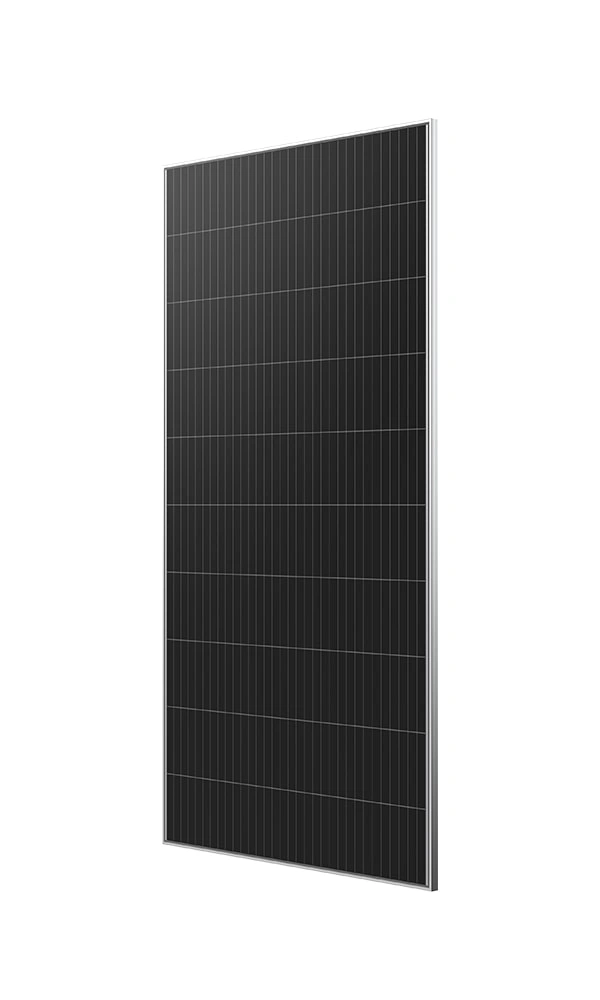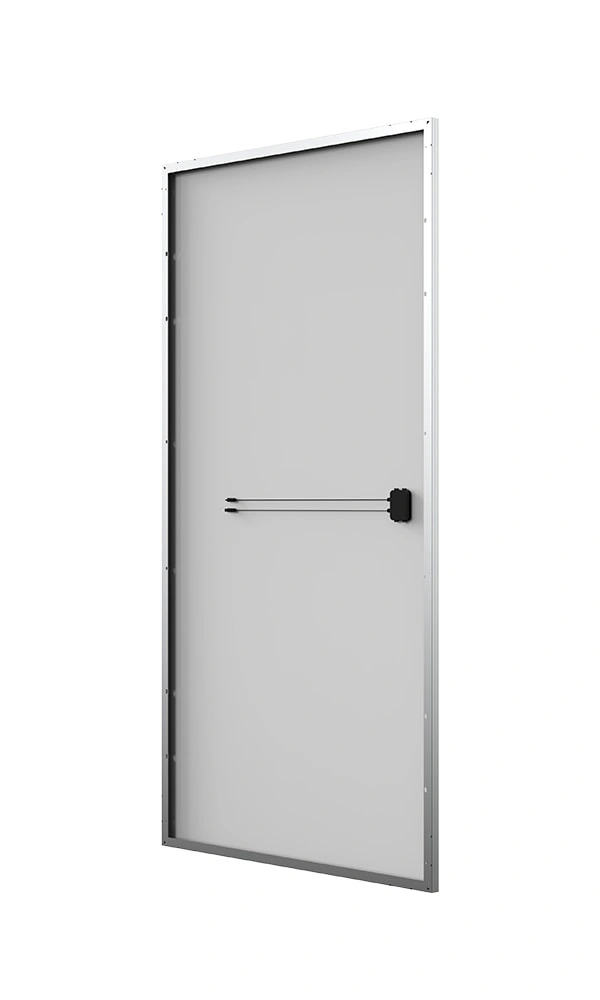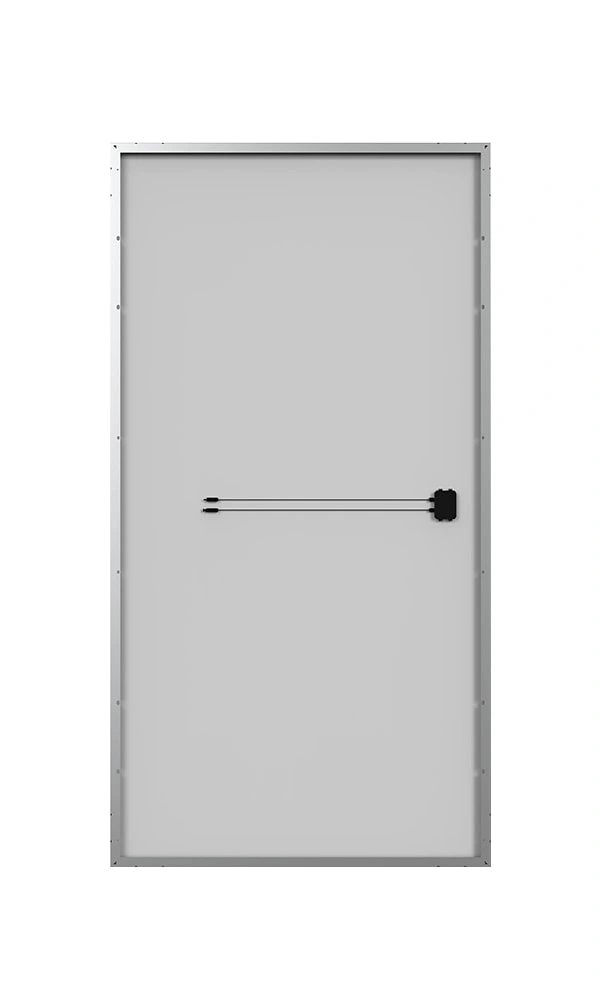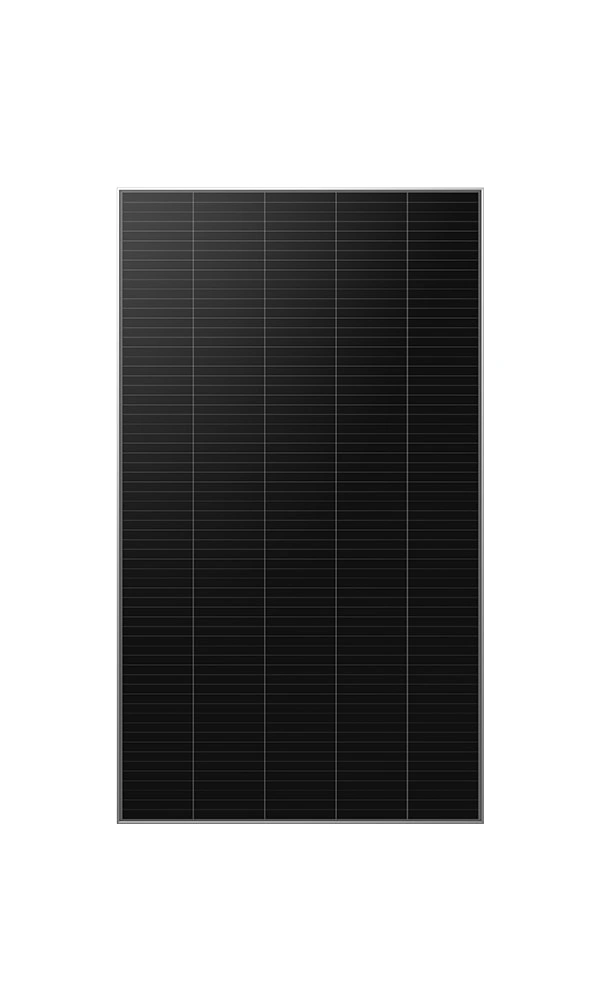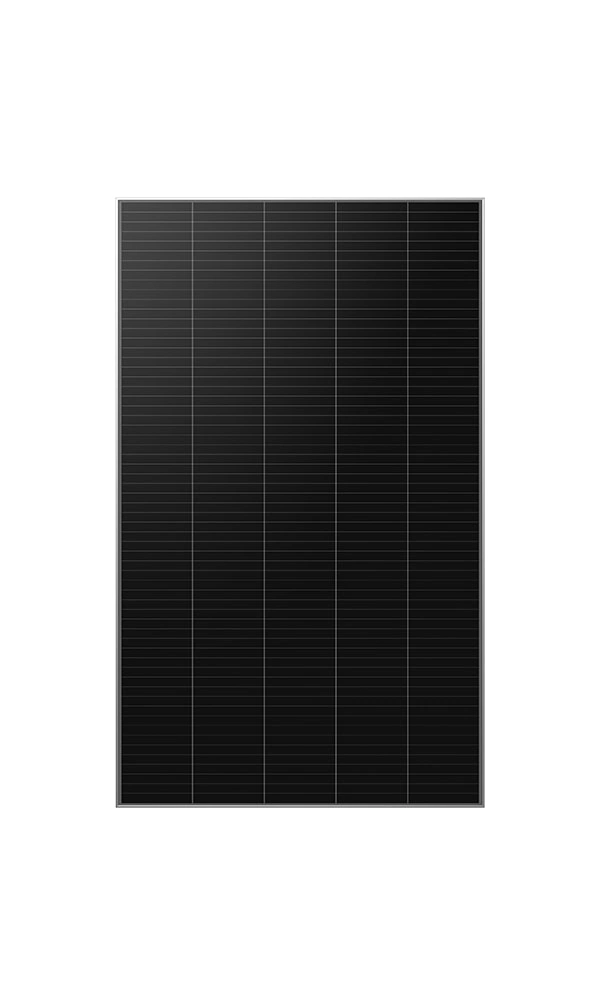A
Shingled solar panels represent one of the most advanced crystalline silicon solar technologies available today, offering significant performance improvements over traditional photovoltaic modules. This innovative design eliminates many of the limitations found in conventional solar panels while delivering superior efficiency and reliability for commercial and industrial applications.
1.0: Understanding Shingled Solar Panel Technology
Shingled solar panels utilize a revolutionary cell interconnection method where standard solar cells are laser-cut into 5-6 strips and overlapped like roof shingles within the module framQe. These strips are electrically connected using conductive adhesive (ECA) rather than traditional soldering and busbars, creating a seamless surface that maximizes the active photovoltaic area.
1.1: Key Technical Distinctions:
The manufacturing process employs high-precision laser cutting to divide full-size monocrystalline or polycrystalline cells into uniform strips. These strips are then assembled with a slight overlap, typically 1-2mm, and bonded using electrically conductive adhesive. This configuration completely eliminates the need for busbars and ribbons that typically cover 3-4% of cell surface area in conventional panels.
The parallel circuit configuration used in shingled modules fundamentally differs from the series connections in traditional panels, providing enhanced electrical performance under real-world operating conditions.
2.0: Performance Advantages Over Conventional Solar Panels
2.1.1: Maximized Power Density
Shingled solar panels achieve approximately 15-20% higher power output per square meter compared to traditional modules. By eliminating busbars and inter-cell spacing, these panels pack more active silicon into each module frame. The continuous cell coverage means virtually no wasted space, resulting in power densities exceeding 200W/m² for commercial-grade modules.
2.0.2: Superior Shade Tolerance and Reliability
The parallel configuration of shingled cells provides exceptional partial shading performance. When shadows affect portions of the panel, only the shaded cell groups reduce output while unshaded sections continue operating at full capacity. This contrasts sharply with series-wired conventional panels where shading on even a single cell can reduce the entire string’s output by 30-50%.
Static and dynamic mechanical load testing demonstrates that shingled panels exhibit greater resistance to failures from external forces compared to conventional panels. The flexible conductive adhesive reduces internal stress from thermal cycling, minimizing the risk of micro-cracks and solder joint failures that plague traditional modules.
2.0.3: Enhanced Temperature Coefficient
Shingled modules typically operate 2-3°C cooler than conventional panels under identical conditions due to improved heat dissipation through the overlapped cell design. This temperature advantage translates to approximately 1-1.5% better performance during peak summer conditions when energy demand is highest.
3.0: Comparison with Flexible Solar Panels
3.1: Structural Integrity and Longevity
While flexible panels offer unique advantages for mobile and curved surface applications, shingled panels provide superior structural integrity for permanent installations. Flexible panels typically utilize thin-film technologies or ultra-thin crystalline cells laminated in polymer substrates, limiting their operational lifespan to 10-15 years. Shingled panels maintain the 25-30 year warranty standard of rigid crystalline modules while offering enhanced mechanical properties.
3.2: Power Output and Efficiency
Shingled panels significantly outperform flexible panels in conversion efficiency:
3.2.1: Shingled panels: 20-22% module efficiency with consistent performance
3.2.2: Flexible panels: 15-18% efficiency, often degrading faster due to polymer encapsulation
The rigid frame construction of shingled panels allows for optimal cell cooling through rear ventilation, whereas flexible panels mounted directly to surfaces often suffer from heat-induced efficiency losses of 10-15%.
3.3: Application Suitability Matrix
3.3.1 Shingled panels excel in:
3.3.1.01: Commercial rooftop installations requiring maximum power density
3.3.1.02: Ground-mounted solar farms where long-term reliability is critical
3.3.1.03: Industrial facilities with partial shading from equipment or structures
3.3.1.04: Architectural installations requiring aesthetic uniformity
3.3.2: Flexible panels remain preferable for:
3.3.2.01: RV and marine applications with weight constraints
3.3.2.02: Temporary installations requiring portability
3.3.2.03: Curved architectural surfaces incompatible with rigid modules
4.0: Advantages Over Traditional Solar Modules
4.1: Electrical Performance Benefits
The absence of busbars in shingled panels eliminates approximately 30 meters of ribbon conductor found in conventional 60-cell modules. This reduction in resistive pathways decreases power losses by 2-3% while eliminating thousands of potential failure points from solder joints.
4.2: Mechanical Durability Enhancement
4.2.1: Laboratory testing confirms shingled panels withstand:
4.2.1.01: Wind loads up to 2400 Pa (50 m/s wind speed)
4.2.1.02: Snow loads exceeding 5400 Pa
4.2.1.03: Hail impact resistance meeting IEC 61215 standards
4.2.1.04: Temperature cycling from -40°C to +85°C without performance degradation
The conductive adhesive bonding provides flexibility that accommodates thermal expansion better than rigid solder joints, resulting in superior long-term reliability.
4.3: Aesthetic and Architectural Value
Shingled panels feature no visible busbars or cell gaps, creating a uniform appearance that enhances building aesthetics. This seamless black surface appeals to commercial properties where visual impact affects brand perception and property values. The consistent appearance also simplifies inventory management for large-scale projects requiring aesthetic uniformity.
5.0: Commercial ROI and B2B Value Proposition
5.1: Levelized Cost of Energy (LCOE) Optimization
5.1.1: For commercial installations, shingled panels deliver 8-12% lower LCOE through:
5.1.1.01: Higher initial power output reducing cost per watt installed
5.1.1.02: Lower degradation rates (0.4% annually vs. 0.5-0.7% for conventional panels)
5.1.1.03: Reduced maintenance requirements from fewer failure points
5.1.1.04: Extended operational lifespan with maintained performance
5.2: Installation and System Benefits
5.2.1: The higher power density of shingled panels reduces:
5.2.1.01: Total module count by 15-20% for equivalent system capacity
5.2.1.02: Installation labor costs by reducing handling and mounting time
5.2.1.03: Structural loading by 10-15% compared to achieving similar output with conventional panels
5.2.1.04: Balance of system costs through fewer connections and combiners
5.3: Performance Guarantees and Warranties
5.3.1: Leading shingled panel manufacturers offer:
5.3.1.01: 12-15 year product warranties (vs. 10-12 years standard)
5.3.1.02: 30-year linear performance warranties
5.3.1.03: First-year degradation limited to 2% (vs. 3% industry standard)
5.3.1.04: 0.4% annual degradation thereafter (vs. 0.5-0.7% standard)
6.0: Future-Ready Technology Platform
6.1: Shingled panel architecture is compatible with emerging photovoltaic technologies including:
6.1.01: PERC (Passivated Emitter and Rear Cell) for 22%+ efficiency
6.1.02: TOPCon (Tunnel Oxide Passivated Contact) approaching 24% efficiency
6.1.03: Heterojunction (HJT) cells for 25%+ efficiency potential
6.1.04: Tandem cell configurations for next-generation performance
This technological flexibility ensures shingled panels remain at the forefront of solar innovation, protecting long-term investments against obsolescence.
